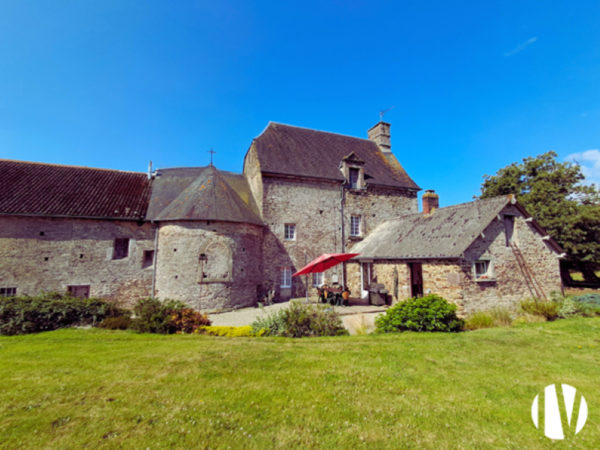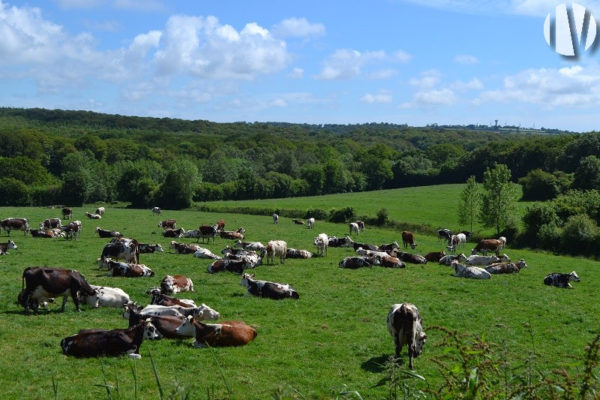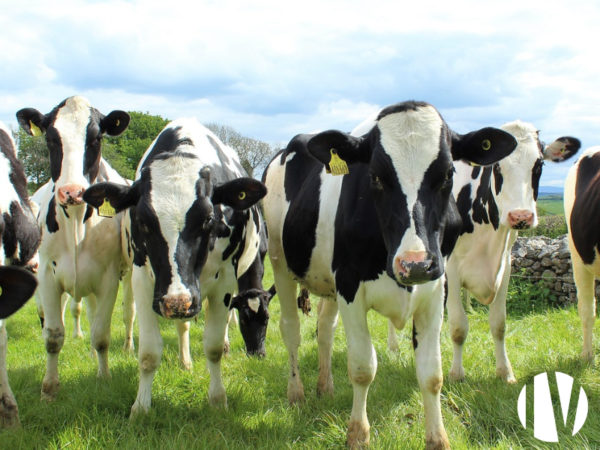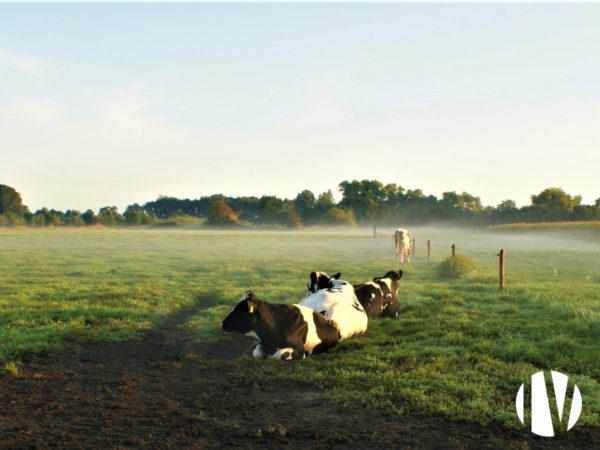Normandy
Setting up in Normandy
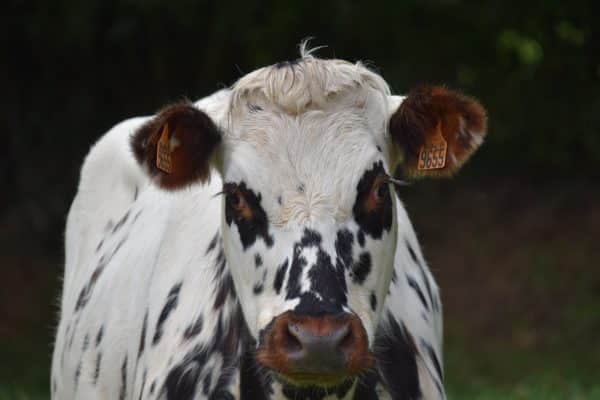
Close to the coast
Normandy has almost 600 km of varied coastline: pebbles and cliffs in Seine-Maritime, sandy beaches in Calvados, wild landscapes and small ports in La Manche. As well as its picturesque coastline, there are many other places that contribute to the region’s charm. These tourist attractions encourage the development of diversified agricultural projects involving direct sales, thanks to an abundance of visiting customers. An ideal setting for young farmers and their families.
A climate conducive to livestock farming
Normandy enjoys an oceanic climate, with rainfall throughout the year, decreasing overall from the west to the east of the region. The temperature range is small, but also increases in the same direction. This climate favours the use of grass and silage maize in livestock farming in Normandy. More and more farmers from other regions are looking to develop their farming activities on these rich soils.
Agri-food infrastructures
Dairy industries are present throughout Normandy, mainly in the west. The density of farms means that livestock farmers have access to a wide range of services, such as vets, agricultural advice, etc. In addition, the port of Rouen is Europe’s leading exporter of cereals. The proximity of such a port to the people of Normandy means that transport costs for cereals produced in our region, as well as for all supplies, are kept to a minimum.
Agricultural products with added value
Normandy is home to a large number of AOC and PDO products – synonymous with quality – which enable the price of milk and other farm produce to be well valued.
Many of Normandy’s terroirs are involved, with designations such as AOP Camembert, Livarot, Pont l’Evêque, Neufchâtel; AOP Crème et beurre d’Isigny; AOP Calvados, pommeau, cidre, poiré de Domfront; AOC Agneaux de prés salés du Mont Saint-Michel. There are also other quality labels, such as IGP.
The land of horses
Thoroughbreds, trotters, sport and leisure horses, draught horses, ponies and donkeys are all part of the Norman landscape. In 2005, the region was awarded the title of ‘National Competitiveness Cluster for the Equine Industry’. Normandy is by far the leading region in France for equine numbers, with 92,300 animals (on and off farms), or almost 10% of the national equine population.
All of these factors, among others, make Normandy a welcoming place for the entire agricultural world. What’s more, the region supports agriculture with aid schemes designed to preserve Normandy’s cultural heritage.

